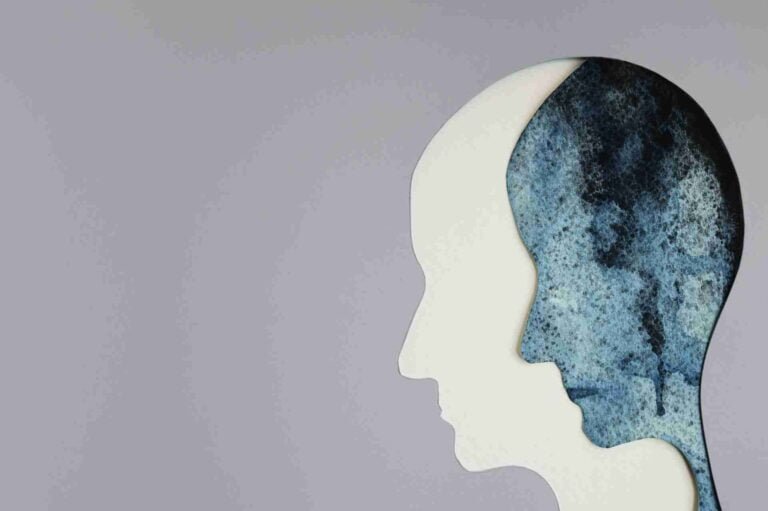 When I first dipped my toe into personal development, the idea of leaving my comfort zone immediately jumped at me. Slogans like “feel the fear and do it anyway” became my signposts to evolve into better versions of myself.
When I first dipped my toe into personal development, the idea of leaving my comfort zone immediately jumped at me. Slogans like “feel the fear and do it anyway” became my signposts to evolve into better versions of myself.
For a while, it worked well. Every time I experienced emotional discomfort, social anxiety or work-related challenges, I reminded myself that I was in it to grow. I felt proud for pushing through and coming away with a new life lesson each time
I came to believe in this regularity: the more discomfort, the better. The cherry on top of my personal challenges was supposed to be a solo trip to Nepal. After hearing stories from my friends who did this sort of thing and “grew so much from it,” I decided it was my turn. I felt a lot of fear before going — but I did it anyway.
That’s when I discovered that it was possible to push myself too much. While alone in Asia, I experienced regular panic attacks. Each night, I cried myself to sleep. Finally, after a week of wrestling with the idea of going back home, I did. I spent the following months recovering and re-establishing a basic sense of safety.
Trying to understand what went wrong, I came across the work of Karl Rhonke. Rhonke is a co-founder of Project Adventure, a non-profit focused on outdoor adventure education. He spent a big chunk of his life empowering individuals through personal challenges.
Rhonke came up with a model of three zones of experience: comfort, stretch and panic. Every zone serves a purpose and human psyche operates differently in each one. If we want to create optimal conditions for growth and learning, we need to be mindful of the time we spend in each zone.
The comfort zone is where we experience the familiar. We don’t learn many new things, but we need ample time here to process lessons and recover energy. Just beyond the comfort, there is the stretch zone. This is where we gather raw material for growth, as we’re challenged to engage with what isn’t familiar, but feels within our competency. Finally, when we challenge ourselves even further, we experience stress and overwhelm signalling we have entered the panic zone.
According to Rhonke, the key to growth resides in the proportion of time we spend in each zone. Mostly, we should alternate between stretch (where we learn) and comfort (where we integrate the lessons). Panic should, at most, only be touched upon occasionally. When we leap into it too often, this puts us into survival mode and becomes detrimental to growth.
The way Rhonke ensured that his Project Adventure participants spent optimal time in each zone was by giving them choice. He discovered that every challenge became more beneficial when people were free to decide if and to what extent they wanted to get involved:
“What a revelation that the simple affording of choice could achieve more toward growth of self awareness and image than what used to require large doses of performance pressure. What a relief!” — Karl Rhonke
Turns out that taking time to define your challenges is more important than leaving your comfort zone just for the sake of it. You have to ask yourself what you’re hoping to achieve by this particular challenge and whether it’s relevant to your high-level goals. Most importantly, you need to ensure that the challenge only takes you to the stretch zone, without inducing panic.
I wish I understood this before I went on my trip to Asia despite it feeling so scary. Back then, I still tried to live up to the kind of challenges my friends were taking on. I believed that feeling the fear and doing it anyway was a badge of honour.
Today, I understand that our fear is a valid physiological cue that tells us to go back to safety. If your fear speaks very loud to you, consider listening to it. Remember that spending time in comfort is just as important for your growth as challenging yourself.
- Self Harm Awareness Ribbon Color: Unveiling Its Meaning - August 21, 2023
- What Is Emotional Self Awareness: A Guide to Inner Growth - August 21, 2023
- Self Harm Awareness Bracelets: Show Support and Share Hope - August 21, 2023

